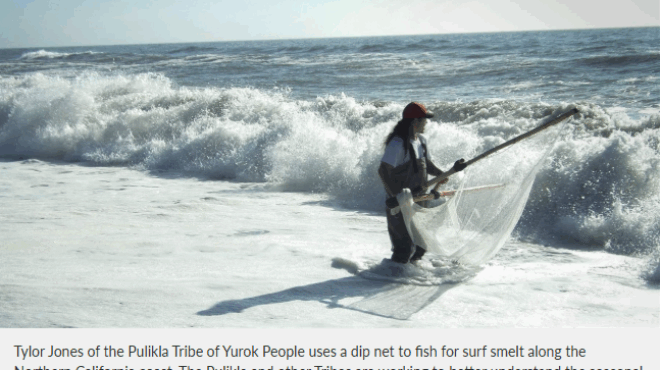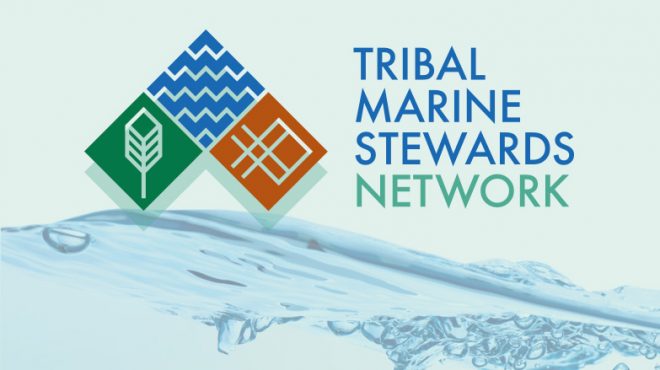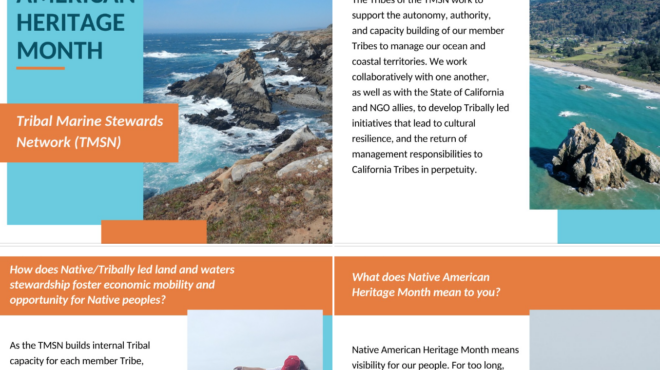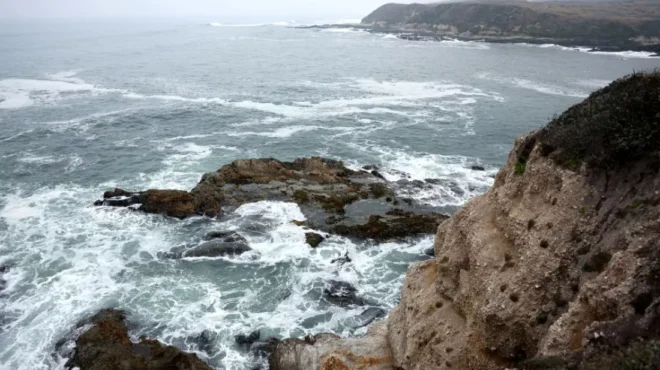It is no secret that cartography has historically and continuously been used as a weapon against Indigenous communities by Euro-American powers to colonize their lands, promote extractive capitalist development and erase signs of their presence, traditions, language, and culture. It is important to address this troubled history in order to amplify the voices, the language, the sense of place each of these communities hold. When Tribal citizens and staff learn the skills of GIS and map-making, it opens an endless array of possibilities for mapping: Maps which tell stories from their own perspectives, created by their community, with the freedom to show the significance of place, and what it means to them, on their own terms.
The use of GIS for cultural mapping is a practice that extends across land and ocean stewardship, cultural preservation, legal rights, education, community empowerment, recognition, respect, and reconciliation. It holds a place of vital importance for Indigenous communities in North America and globally. Uniting Indigenous knowledge with contemporary tools, it serves as a steadfast beacon for Indigenous peoples as they navigate the challenges posed by colonization, forced assimilation, modernization, and environmental change.
In linking both terrestrial and marine ecosystems, cultural mapping underscores the intricate relationships Indigenous communities maintain with the land and sea. In this post we delve into the multifaceted ways in which cultural mapping supports conservation, revitalizes traditions, asserts rights, and fosters understanding, revealing its profound and diverse impact on the survival and thriving of Indigenous cultures.
Ocean Stewardship: GIS and cultural mapping in ocean stewardship highlight specific and detailed aspects of marine environments, providing vital insights into various facets of the ocean. They can pinpoint fish migrations, spawning grounds, and traditional fishing areas, allowing for more effective conservation and resource management. By tracking environmental changes, they can offer data on water temperatures, salinity levels, pollution, and other critical oceanic conditions, helping in understanding, monitoring, and predicting ecological shifts.
Land Stewardship: Utilizing GIS and mapping techniques, Indigenous communities can act as a bridge between stewardship and modern technology, leveraging thousands of years of traditional knowledge about the ecosystems they inhabit. Cultural mapping can help document and communicate this knowledge, which can guide conservation efforts and land management practices. TMSN Tribal communities are working hard to create more policies and initiatives to protect their coasts, gaining hands-on training in GIS and mapping gives Indigenous communities agency to manage those areas.
Cultural Preservation: Cultural mapping is a vital tool for documenting and preserving aspects of Indigenous cultures like language, history, traditional practices, storytelling, sacred sites, and ancestral territories, and can play a foundational role in cultural revitalization and preservation. As many Indigenous cultures face threats from colonization, forced assimilation, and modernization, this process becomes crucial for maintaining cultural diversity and supporting the resilience of Indigenous communities.
Land and Ocean Rights and Legal Advancements: Cultural maps can provide powerful visual evidence of historical and ongoing connections to lands and oceans, which can support Tribal advocacy efforts with other governments. TMSN uses GIS and cultural maps to support policy advocacy and land and ocean rights and stewardship.
Education: Cultural maps can be a valuable tool for educating both Indigenous and non-Indigenous people about Indigenous history, cultures, and stewardship. They can foster understanding and respect, and challenge stereotypes and misconceptions.
Community Empowerment: The process of cultural mapping can be a powerful exercise in community building and empowerment. It can help Indigenous communities to reflect on cultural assets, define cultural identity, set development goals, and plan for the future in a way that respects cultural values and aspirations.
Recognition and Respect: Cultural mapping can help bring recognition and respect to the rich cultural heritage of Indigenous peoples. It can help assert the existence and rights of Indigenous communities, particularly in places where erasure has occurred and/or marginalization continues.
Reconciliation: In the context of efforts to achieve reconciliation between Indigenous and non-Indigenous peoples, cultural mapping can help to document and acknowledge past injustices and ongoing impacts of colonization. It can foster dialogue and mutual understanding, and contribute to processes of healing and reconciliation.
By weaving together ancestral wisdom with modern techniques, TMSN acts as a continuance from the past and the present, honoring each Tribe’s rich heritage while addressing contemporary challenges. TMSN’s work in conservation, recognition, and empowerment serves as a tangible commitment to the well-being of the land and ocean for future generations.





